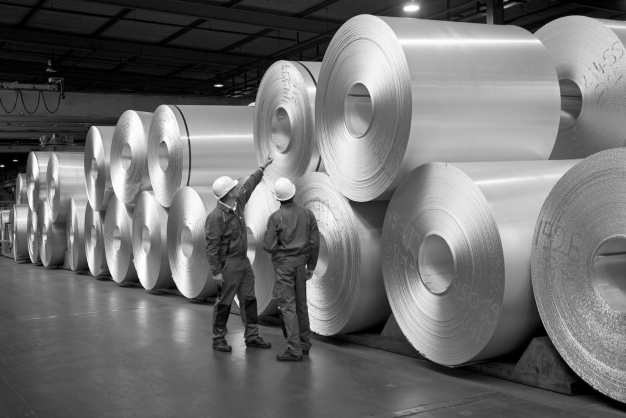How is the conductivity of heat and electricity of Aluminum useful?
The ability to transfer heat and electricity make aluminum an important and valuable material in various fields, including engineering, electrical engineering and manufacturing, and provide many positive applications:
Efficient cooling and heat distribution:
Aluminum is a good conductor of heat. This allows it to be used in radiators and cooling systems where efficient heat removal is necessary to maintain an optimal temperature. For example, in cars, aluminum radiators help cool the engine, preventing overheating.
Electrical conductors:
Aluminum is also an excellent conductor of electricity. Because of its excellent electrical conductivity, aluminum conductors are widely used in electric power and electrical engineering. They can transmit electric current with little energy loss, which makes them ideal for transmitting electricity over long distances from power plants to consumers.
Lightweight and heat-conducting components:
Aluminum is used in the production of light and heat-conducting components, such as radiators in electronics and computers. This helps in controlling heat generation and ensuring optimal operation of electronic devices.
Electrolytic processes:
Aluminum is widely used in electrolysis and electrolytic processes, such as the production of aluminum from bauxite. It serves as an anode and cathode in electrolytic cells, providing electricity transmission and chemical reactions.
Solar panels:
Aluminum is also used in solar panels to transfer electricity from solar cells to the electrical system.
Metallurgical industry:
Aluminum is also used in the metallurgical industry, especially in metal smelting and casting processes.
Kitchen appliances:
Because of its ability to distribute heat evenly, aluminum is often used in the manufacture of kitchen appliances such as frying pans and pots.
In general, the heat and electricity conductivity of aluminum makes it an important material in a variety of technical and manufacturing applications. Its ability to transfer heat and electricity effectively ensures the functionality and efficiency of various devices and systems.

